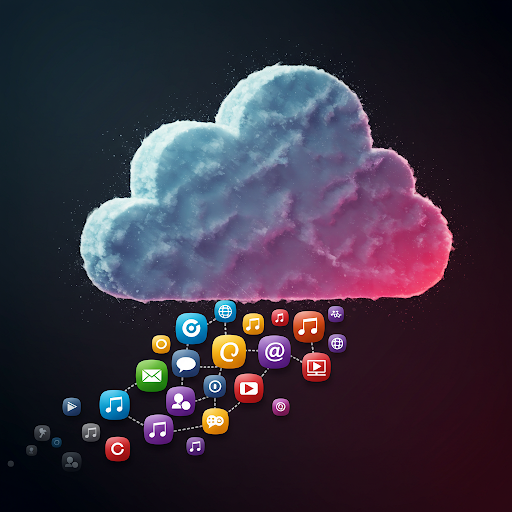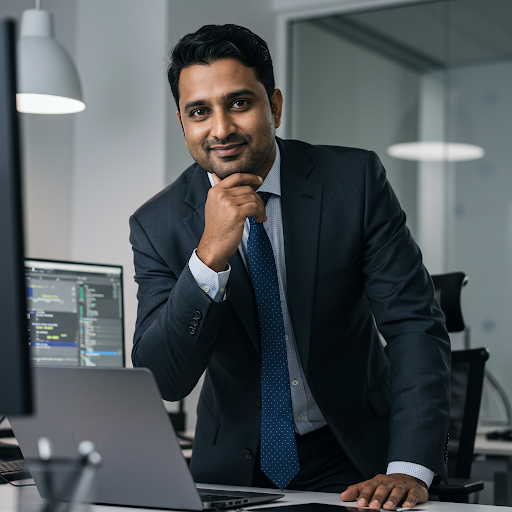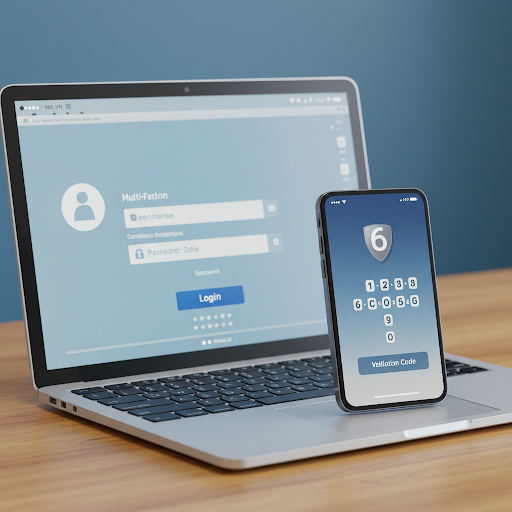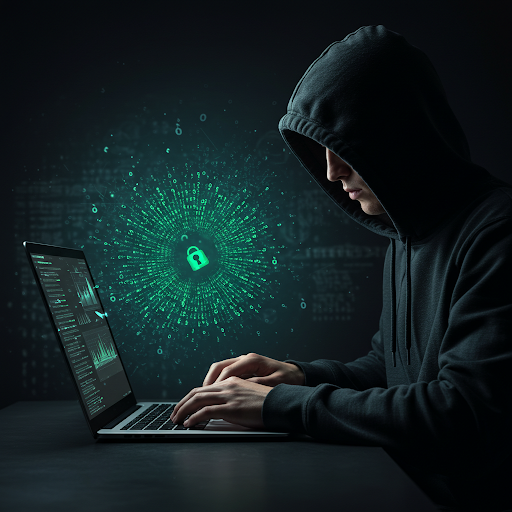How Can I Add an Extra Layer of Security to Protect My Business's Data and Accounts?
Enhance Your Business Security: Implement Two-Factor Authentication to Safeguard Critical Data and Accounts

In an era where data breaches are all too common, relying solely on passwords for security is akin to locking your doors but leaving the windows open. Two-factor authentication (2FA) adds an essential layer of security that can significantly reduce the risk of unauthorized access. So, how can you strengthen your business's security with 2FA?
The Solution: Implement Two-Factor Authentication Across Critical Systems
The key to enhancing your security posture is to implement two-factor authentication across all critical systems and applications. By requiring a second form of verification beyond just a password, you can safeguard your business data and user accounts from unauthorized access.
Actionable Tip: Choose a 2FA Method That Suits Your Business Needs
To get started, choose a 2FA method that suits your business needs. Options include:
- SMS codes: Users receive a one-time code via text message that they must enter along with their password.
- Authentication apps: Users generate a time-sensitive code using an app on their smartphone, such as Google Authenticator or Microsoft Authenticator.
- Hardware tokens: Users carry a physical device that generates a unique code or uses biometric data to verify their identity.
Ensure that 2FA is enforced for accessing sensitive systems and data, including email accounts, financial records, and customer databases. This adds a crucial extra barrier against unauthorized access, even if a password is compromised.
The Key Benefits of Two-Factor Authentication
- Enhanced Security: 2FA dramatically lowers the risk of security breaches by requiring a second form of verification beyond just a password. This means that even if a hacker obtains a user's password, they still can't gain access without the second factor.
- Reduced Fraud Risk: By making it harder for attackers to gain unauthorized access, you protect both your business and your customers from potential fraud. This is especially important for businesses that handle sensitive financial information or personal data.
- Increased Trust: Customers and partners trust businesses that take security seriously. Implementing 2FA shows a commitment to protecting data and can help differentiate your business from competitors who may not have such robust security measures in place.
- Regulatory Compliance: Many industries have regulations requiring robust security measures, including 2FA, to protect sensitive information. By implementing 2FA, you can ensure compliance with these regulations and avoid potential fines or legal issues.
Fortify Your Security Defenses with 2FA
Implementing two-factor authentication is a straightforward yet effective way to fortify your security defenses. It's an investment in your business's resilience against cyber threats and a demonstration of your commitment to protecting sensitive data.
Get Expert Assistance with 2FA Implementation
While setting up 2FA is generally straightforward, integrating it smoothly into your IT environment can be more complex. For assistance with choosing the right 2FA solution, setting it up, and training your staff on its use, consider consulting HCS Technical Services. Their team of experienced security professionals can help you strengthen your security posture with 2FA and other best practices tailored to your business's unique needs.
Adding an extra layer of security with two-factor authentication is a critical step in protecting your business's data and accounts from unauthorized access. By choosing the right 2FA method, enforcing it on sensitive systems, and partnering with experts for implementation, you can significantly reduce the risk of security breaches and give your customers and partners confidence in your commitment to data protection. Don't rely on passwords alone—strengthen your security with 2FA today.
HCS Technical Services











